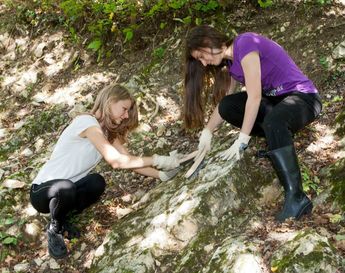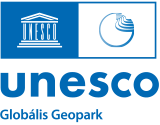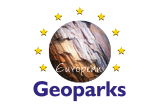Bakony–Balaton Geopark becomes UNESCO Global Geopark
Bakony–Balaton Geopark – founded by the Balaton-felvidéki National Park Directorate in 2006 – became member of the Global Geoparks Network (GGN) in 2012 and thus it became UNESCO Global Geopark in 2015 November.
The 195 Member States of UNESCO have ratified the creation of a new label, the UNESCO Global Geoparks, on 17 November 2015. This expresses governmental recognition of the importance of managing outstanding geological sites and landscapes in a holistic manner.
UNESCO Global Geoparks tell the 4,600 million year story of Planet Earth and of the geological events that shaped it as well as the evolution of humanity itself. Not only do they show evidence of past climate changes, they also inform local communities of present day challenges and help them prepare for  hazards such as earthquakes, tsunamis and volcanic eruptions.
hazards such as earthquakes, tsunamis and volcanic eruptions.
UNESCO Global Geoparks strive to raise awareness of geodiversity and promote protection, education and tourism best practices. Together with World Heritage sites and Biosphere Reserves, UNESCO Global Geoparks form a complete range of sustainable development tools and make an invaluable contribution to the realisation of the 2030 Sustainable Development Goals by combining global and local perspectives.
This new branding formalizes a relationship with Geoparks first established in 2001. Since then, Geoparks through the Global Geoparks Network have grown to include 120 sites all over the world. They have become an increasingly important tool for UNESCO to engage Member States and their communities in the Earth Sciences and geological heritage.
During the 38th session of UNESCO’s General Conference, Member States also decided to endorse the statutes of a new international programme: the International Geoscience and Geoparks Programme (IGGP). This allows the Organisation to more closely reflect the societal challenges of Earth Science today and provides an international status to a former network of sites of geological significance.
See more at the UNESCO Earth Sciences website









